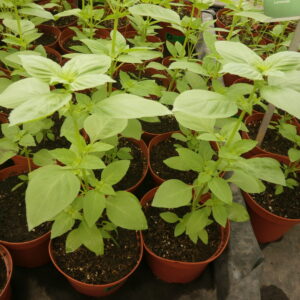
Basil, Tulsi Vana
₡1,900.00
Out of stock
Related products
-
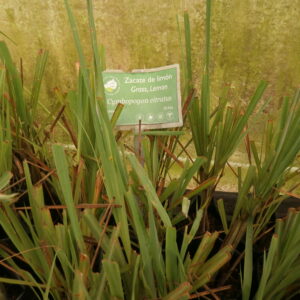
Grass, Lemon
Chinese, Culinary Garden, Medicinal Garden ₡1,900.00 Add to cart
Grass, Lemon
₡1,900.00
SKU: 2000 Categories: Chinese, Culinary Garden, Medicinal GardenScientific name: Cymbopogon citratus
Family: Poaceae
Origin: SE Asia and E India
Medicinal use: It is used in Asian cuisine, especially in Thailand. In, it is one of the most used herbs to prepare tereré, the traditional drink of the country. Lemon tea, also known as lemon grass or zacatillo, is a citrus-scented plant native to India which is rich in antioxidants that help to relieve pain. One of the most important properties of this plant is that it helps lower the cholesterol level due to its antihypercholesterolemic properties.
27 in stock
-
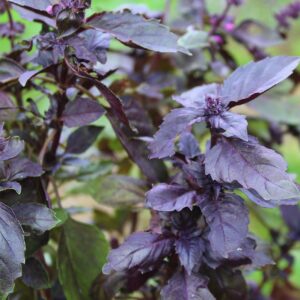
Basil, Purple (albahaca morada)
Culinary Garden ₡1,900.00 Add to cart
Basil, Purple (albahaca morada)
₡1,900.00
SKU: 0105 Category: Culinary GardenScientific name: Ocimum basilicum
Family: Lamiaceae
Origin: India and SE Asia
Medicinal use:In addition to its organoleptic properties, it is widely used to color many dishes, not only in Italian cuisine or a different pesto sauce, both fresh and dry we can use this aromatic herb in soups, salads, purees, sauces, vinaigrettes , meat, fish and even desserts.
38 in stock
-
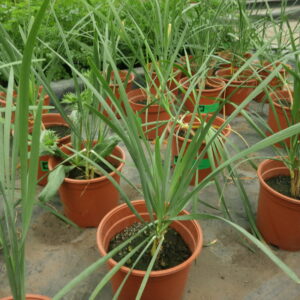
Chives, Garlic
Culinary Garden ₡1,900.00 Add to cart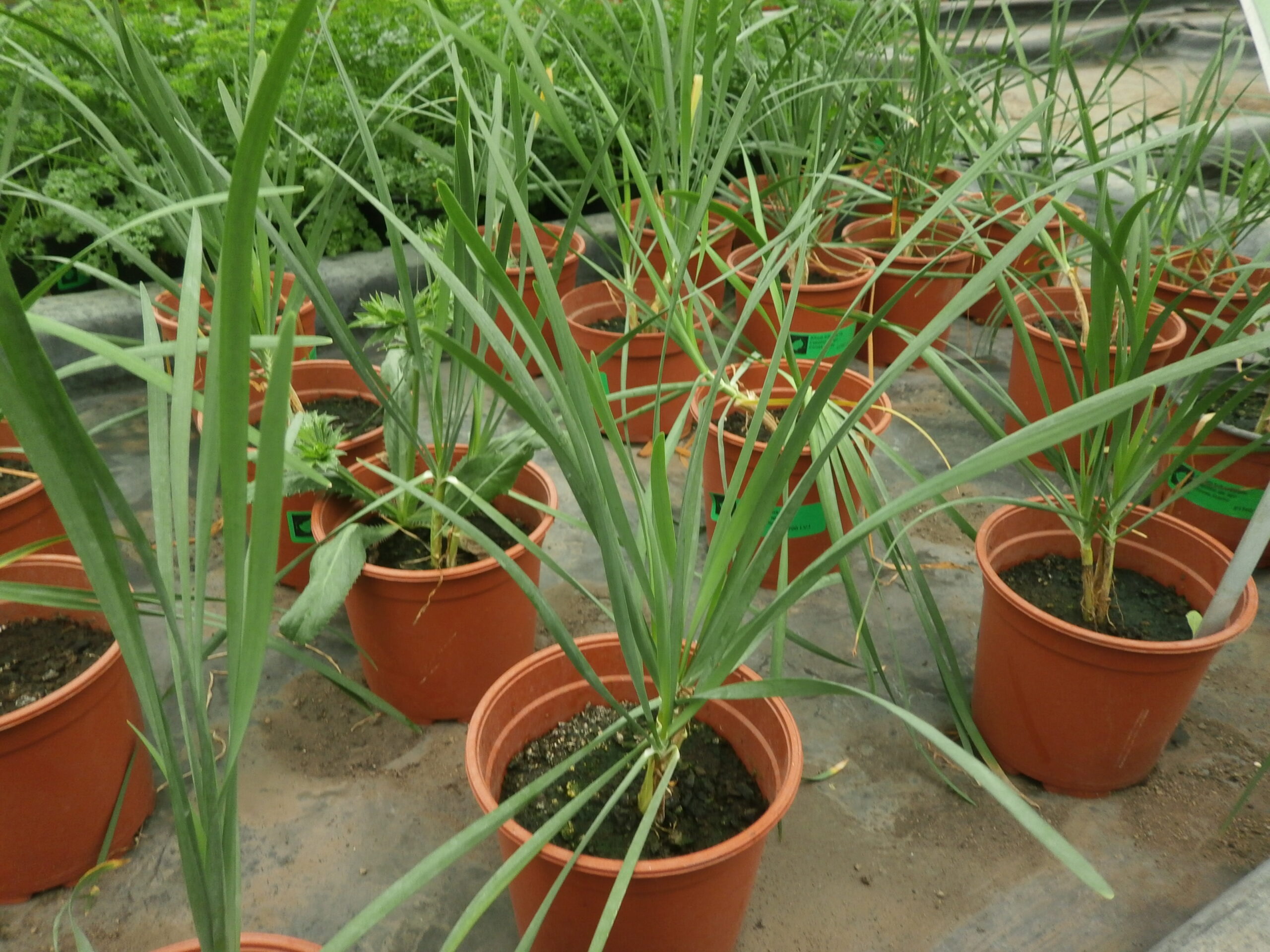
Chives, Garlic
₡1,900.00
SKU: 0505 Category: Culinary GardenScientific name: Allium tuberosum
Family: Amaryllidaceae
Origin: China, Japan and India
Medicinal use:It is a vegetable related to the onion. It is grown and used as a substitute for garlic and onion in cooking and is known as “Maroi nakupi”. The flavor is more like garlic chives. The chopped flowers and leaves are usually sprinkled in salads, sandwiches and stews in general. It is delicious for making compound butters and cream cheese.
17 in stock
-
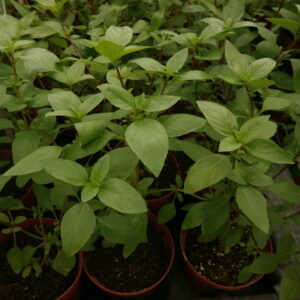
Basil, Cinnamon
Culinary Garden ₡1,900.00 Add to cart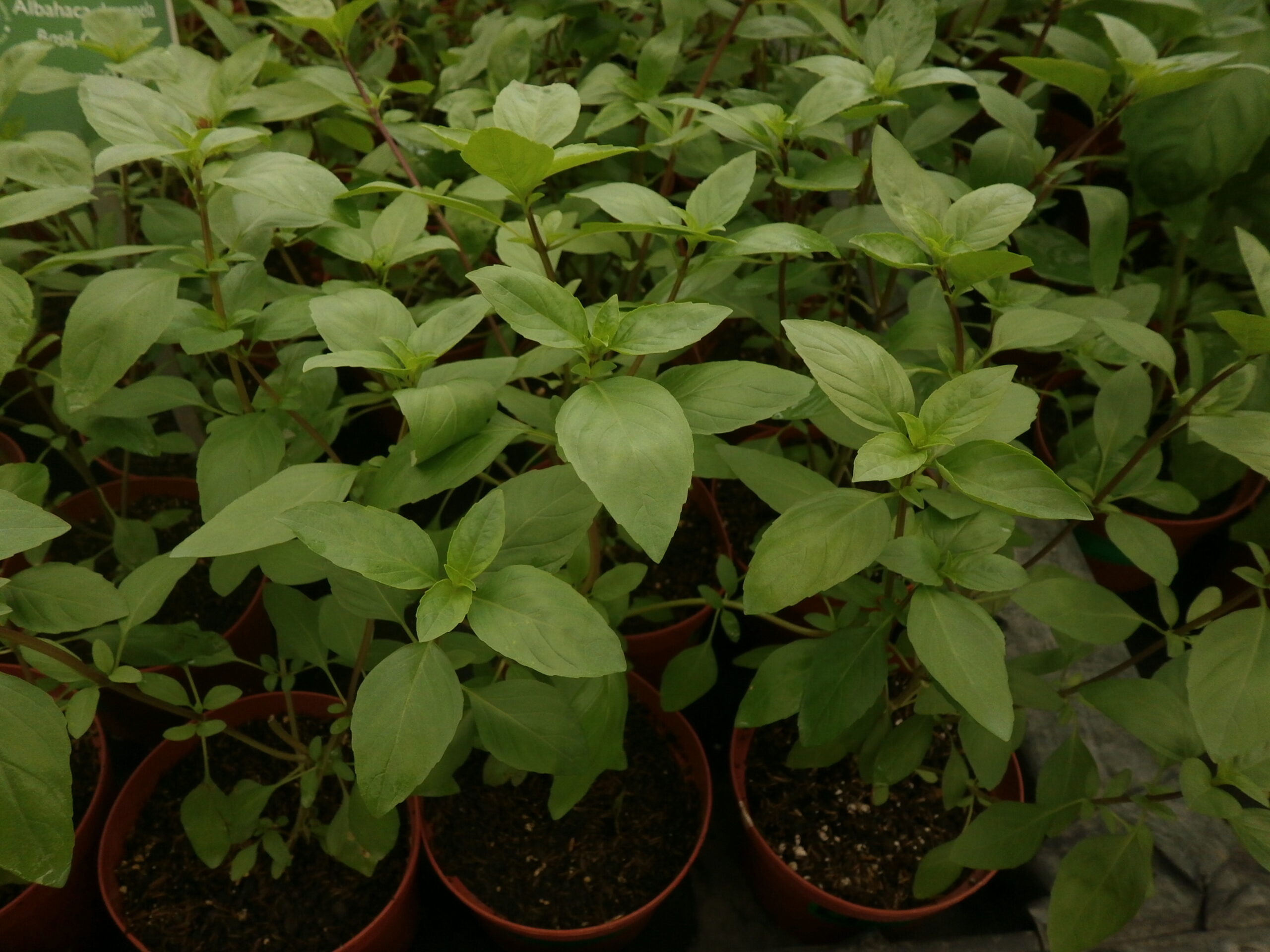
Basil, Cinnamon
₡1,900.00
SKU: 0072 Category: Culinary GardenScientific name: Ocimum basilicum
Family: Lamiaceae
Origin: Mexico
Medicinal use: La mayoría de las diferentes variedades de albahaca cultivadas en muchas regiones de Asia tienen un sabor parecido al clavo de olor es frecuentemente usada en la cocina mediterránea; se puede consumir fresca o seca para aderezar tanto ensaladas, sopas de verduras, salsas para acompañar platos de pasta, la famosa salsa italiana de pesto la lleva como ingrediente principal.
16 in stock

